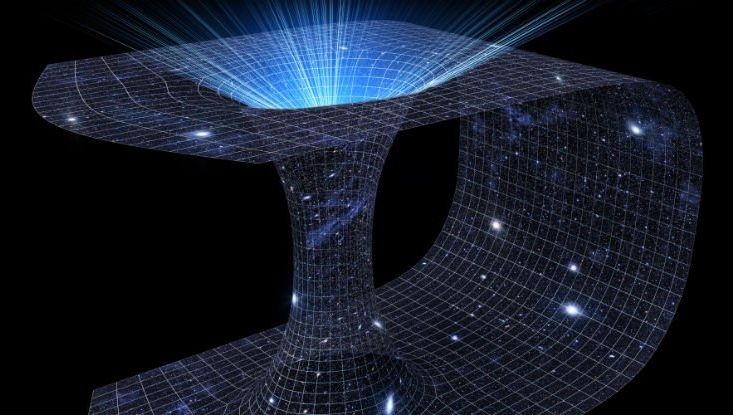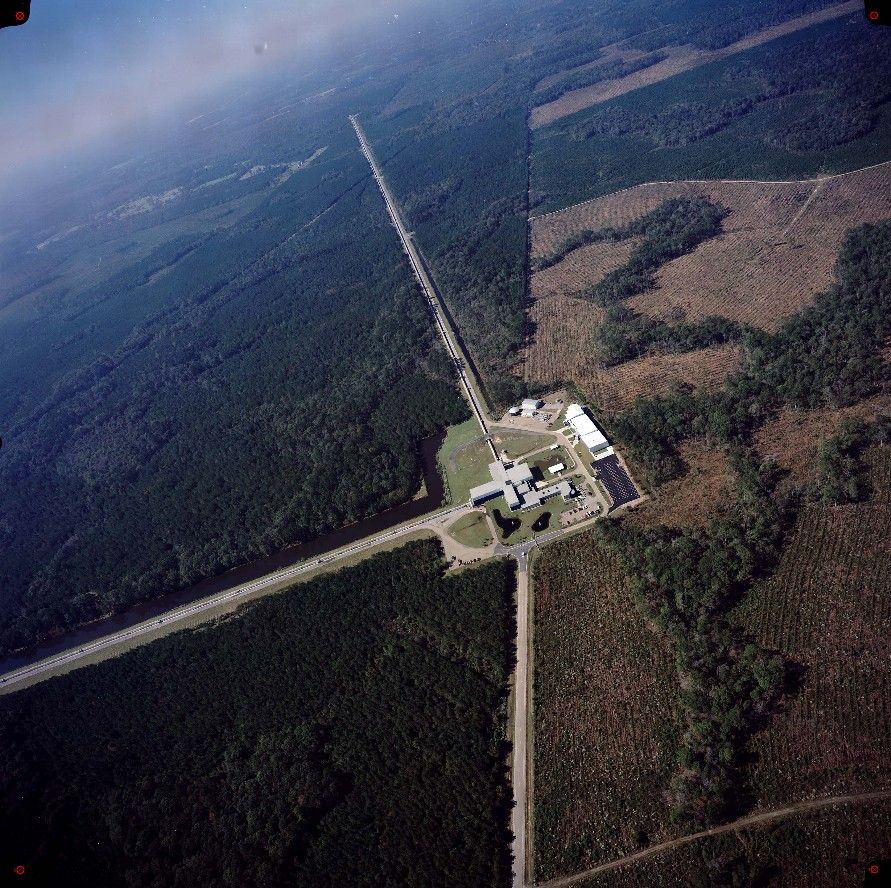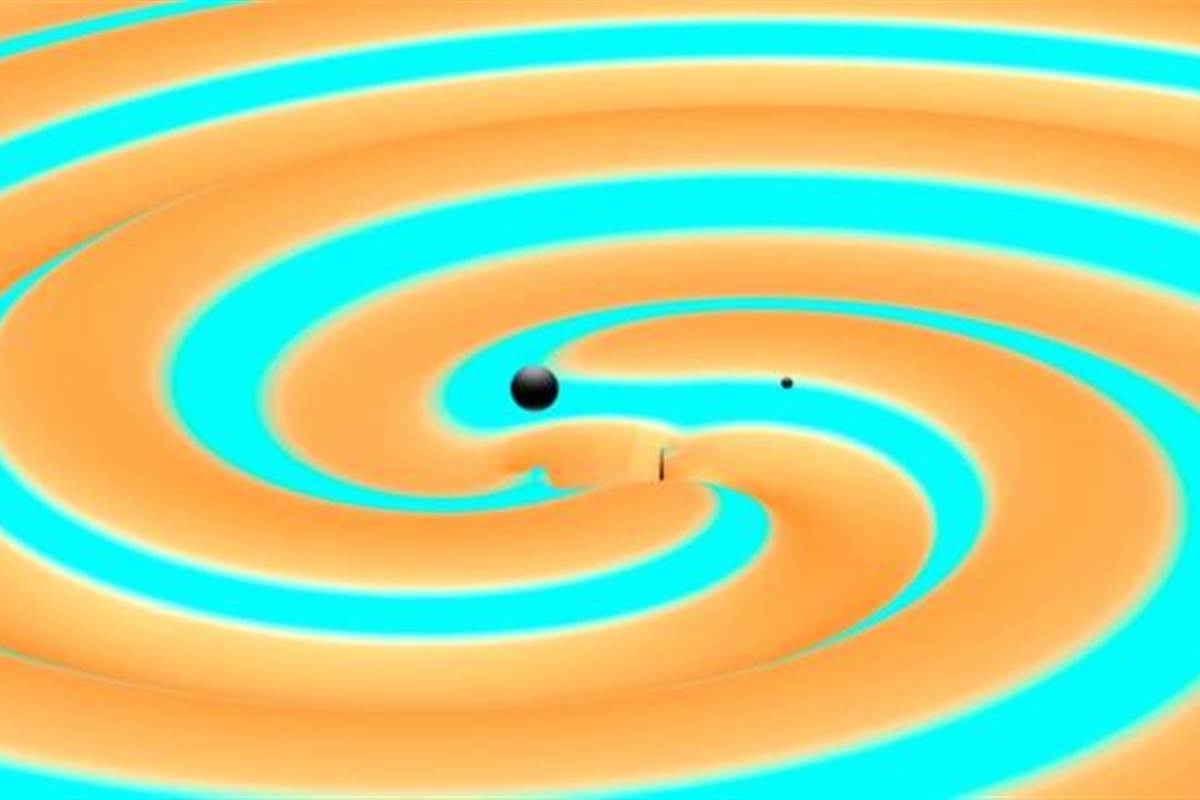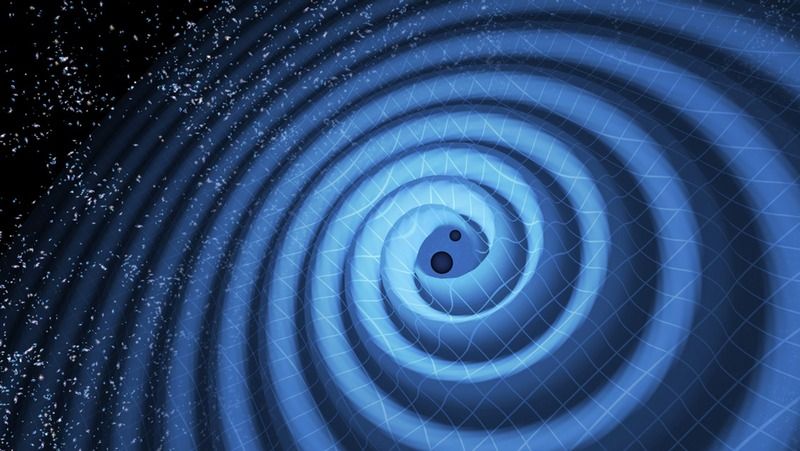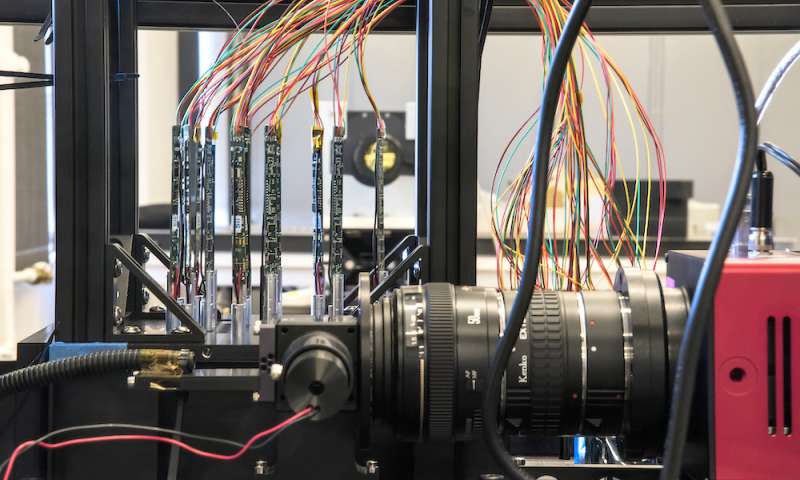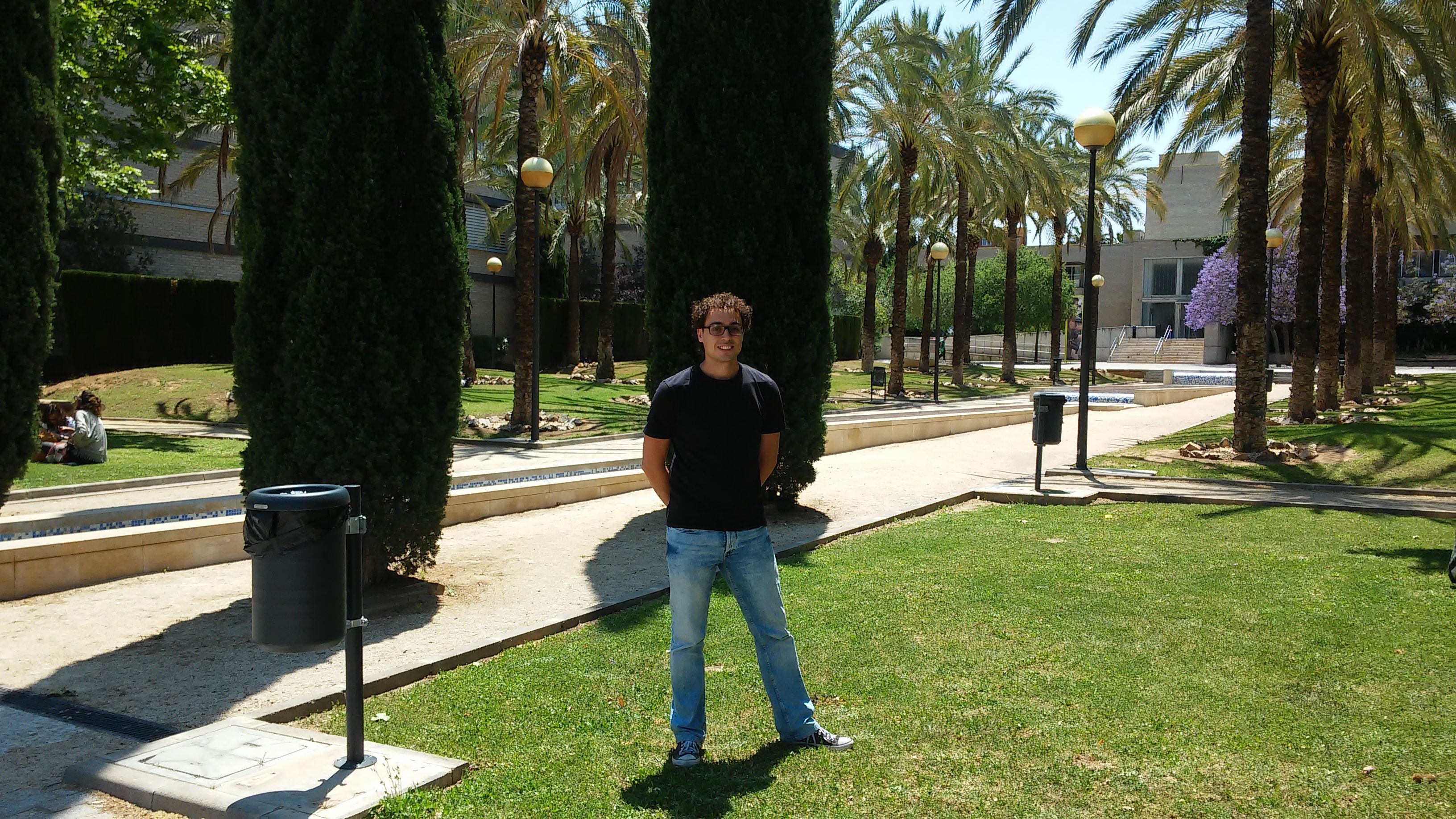Physicists have come up with a new way to predict what lies beyond the event horizon of a black hole, and it could give us a more accurate idea of their mysterious internal structures.
Thanks to the first — and now second — direct observation of gravitational waves emanating from what scientists think are black hole mergers, we’re starting to get our first real evidence that black holes do actually exist in reality, not just theory.
But even if we can prove they really do physically exist, there’s no getting around the fact that, thanks to their enormous gravitational pull, black holes swallow up anything that falls beyond their event horizon.
